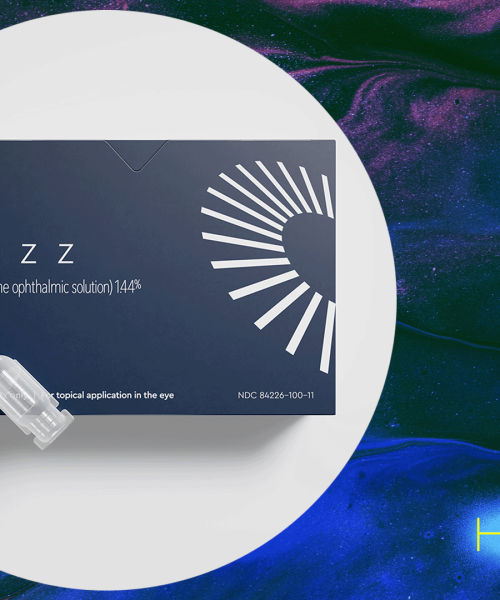Sunscreen’s skin protection is a literal lifesaver for humans, but the same can’t be said for its effects on coral. Every year, anywhere from 6,660 to 15,400 tons of commercial sunscreen winds up in the planet’s oceans. Laboratory studies indicate that concentrated exposure to some sunscreen ingredients can induce coral bleaching after only two days, and even kill a colony in under a week.
To solve this problem, materials scientists at Nanyang Technological University in Singapore have concocted a new sunscreen recipe that spares the ocean’s vital microorganisms. The secret weapon is flower pollen, according to their study recently published in the journal Advanced Functional Materials.
Sunscreen works by absorbing or reflecting ultraviolet (UV) radiation away from the skin. Without it, those high-energy solar rays can cause painful sunburns at best, while longterm exposure dramatically increases the likelihood of skin cancers. But all that protective lotion washes off your body throughout the day, especially when swimming if sunscreen is not reapplied . Although diluted, the chemicals often find their way into the ocean, where they eventually can encounter coral populations and cause serious damage to the already threatened ecosystems.
However, natural UV protections do exist. Pollen has evolved to feature UV-resistant shells that protect its contents from damage. These coatings are composed from sporopollenin, one of nature’s toughest known biopolymers. Sporopollenin is so sturdy that it’s been identified in fossils dating back millions of years.
“We know that pollen is naturally UV-resistant, as its shell needs to protect its inner contents from harsh environmental conditions, including sunlight,” Cho Nam-Joon said in a statement. “Our research aimed to develop a way to process pollen grains into a gel-like form, so that they can be easily applied to human skin.”
To create their alternative sunscreen, Cho and colleagues utilized a new extraction method. Instead of using high heat and harsh chemicals to separate the innards of camellia (Camellia sinensis) and sunflower (Helianthus annuus) pollen from their shells, the team used a more gentle water-based process. Once extracted, the team combined all of the shell remnants into a microgel similar to many standard skincare products.
Lab tests showed that even a microns-thick transparent layer of the new lotions effectively blocked UV light. Both variants had a sun protection factor (SPF) of around 30, while also minimizing skin cell damage and inflammation. Of the two the camellia gel performed slightly better. And since camellia is self-pollinating, the plant is widely considered non-allergenic.
The eco-friendly sunscreen prototype could also keep wearers cool. Pollen naturally absorbs less energy in the visible-to-near-infrared spectrum, which are the wavelengths mainly responsible for generating heat. By using pollen to reflect more of the energy, the camellia microgel regulates skin temperature, keeping it about 9 degrees Fahrenheit cooler for around 20 minutes.
“We wanted to develop an affordable and effective natural sunscreen that is non-allergenic to humans and eco-friendly to the environment,” said Cho, adding that these and similar alternative products offer a “sustainable real-world solution that has an impact on both humanity and the Earth.”






